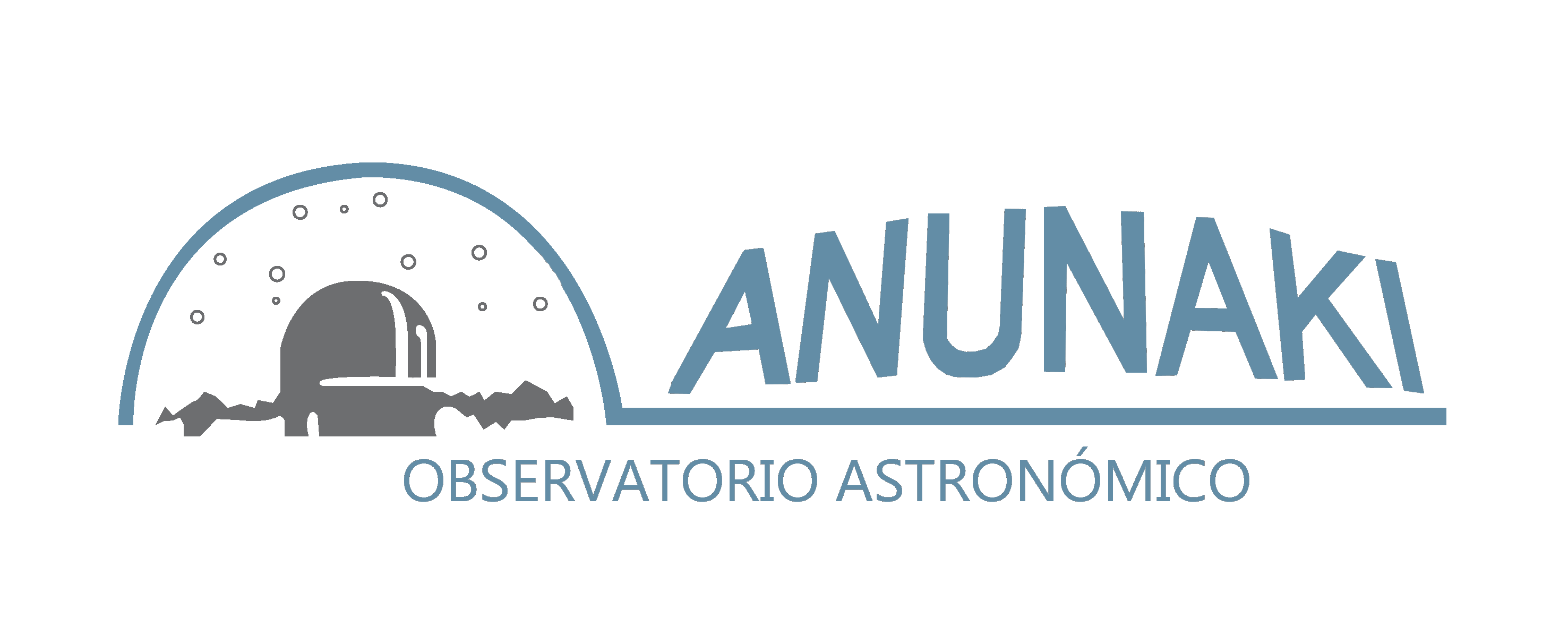To some, this nebula looks like the head of a fish. But this photograph actually shows the bright gas and clouds of darkened dust from IC 1795, a star-forming region in the northern constellation Cassiopeia.
The nebula’s colors were created using Hubble’s false color palette, mapping oxygen, hydrogen, and sulfur emissions in blue, green, and red, and then mixing the data with images of the region captured with broadband filters.

This is a star-forming region amid ionized gas and dust clouds that stand out clearly as dark zones. The brightest area on the right is called NGC 896 and is a high-emission region in the alpha hydrogen band.
IC 1795 proper is located not far away in the sky of the famous Double Star Cluster of Perseus and next to IC 1805, the Heart Nebula, as part of a complex of star-forming regions at the edge of a large molecular cloud. The largest star in this complex lies about 6,000 light-years away and extends along the Perseus spiral arm of the Milky Way.

Technical data:
Telescope: S/C 8″
CCD:Atik314L+
Focal Length Reducer: Meade 6.3
Filters:Ha 12nm/O[III] 12nm/S[II] 12nm
Telescope Guide: SkyWatcher ED80
Mounth: LX200 GPSR
Guide CCCD: QHY5
CCD Temp:-5º
Ambient Temp:0º
Location: Anunaki Observatory / Rivas Vaciamadrid (Madrid)
A sample of the integration of the shots with different filters, you can see what has been achieved with each of them.



